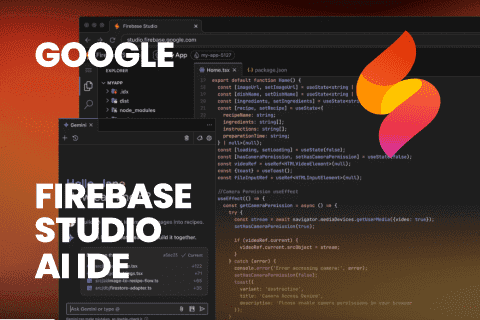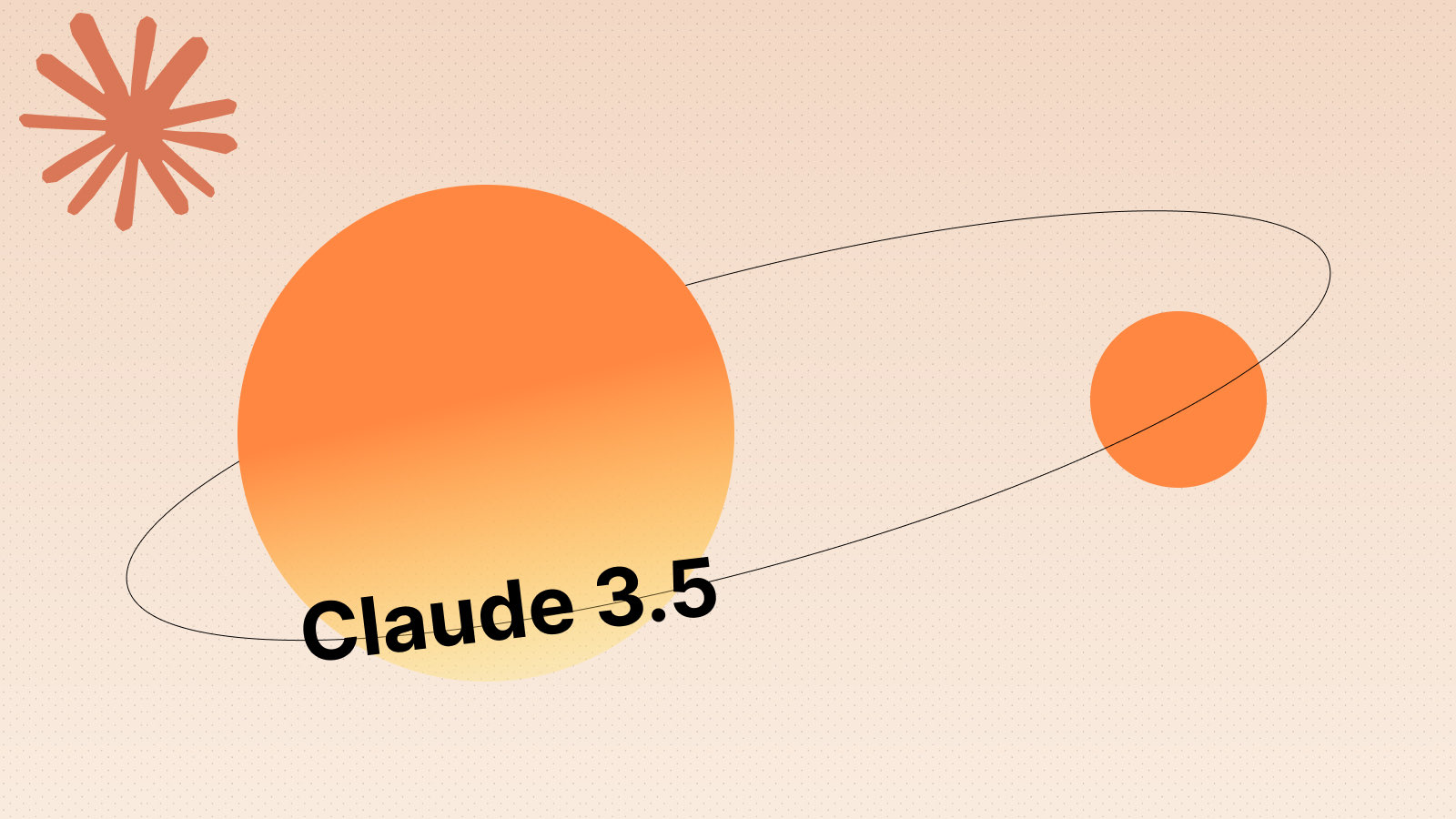What is a rock identifier tool?
A rock identifier tool helps you identify rocks by analyzing photos and providing matches from a vast database.
Is the rock identifier free to use?
Yes, we have designed our tool to be free of cost. Use our rock identification service at no charge.
How does this tool work?
Upload a clear picture of the rock, and our tool will compare it against known rock types, providing matches and information.
Are the results from the rock identifier accurate?
The accuracy depends on the image clarity and features of the rock. Our tool strives for precision but consult experts for confirmation.
What types of rocks can this tool identify?
Our tool identifies many common rock types, including igneous, sedimentary, and metamorphic rocks. Rare specimens may be harder to identify.
A modern rock identifier has become one of the most practical applications of an AI tool, especially for outdoor explorers, students, and geology enthusiasts. As an accessible AI detection tool, it analyzes rock images and provides accurate matches generated from large geological databases. This makes rock identification—once a task reserved for trained geologists—far more approachable to the general public.
At its core, a rock identifier tool works by allowing users to upload a clear photo of the rock they want to analyze. The AI then compares the visual patterns, textures, colors, and structural details with thousands of known rock samples. This image-matching ability demonstrates how powerful today’s AI detection tools have become, capable of handling visual classification tasks with impressive efficiency. In many cases, the results include not only the rock name but also information about its formation, mineral composition, and typical geographic locations.
One key advantage highlighted in the FAQ is accessibility—the rock identifier is completely free to use. This removes barriers and encourages more people to explore geology without worrying about cost. Whether for school research, field exploration, or general curiosity, this AI tool provides immediate educational value.
When it comes to accuracy, the tool performs well as long as users upload clear, high-quality images. Like any AI-driven system, results depend on the visual input and the available data. While the tool strives for precision, it also encourages users to consult geology experts for rare or ambiguous specimens. This balance—AI convenience paired with recommended expert confirmation—reflects responsible design in modern AI detection tools.
The rock identifier can classify major rock categories, including igneous, sedimentary, and metamorphic types. It offers reliable identification for common rocks, though extremely rare or region-specific minerals may pose challenges. Still, for most practical purposes, the tool delivers fast, helpful, and scientifically grounded insights.
Overall, the rock identifier represents how AI tools are transforming scientific discovery by making expert-level knowledge accessible to everyone. As an advanced AI detection tool, it blends speed, simplicity, and educational depth, empowering users to learn more about the natural world with confidence.




